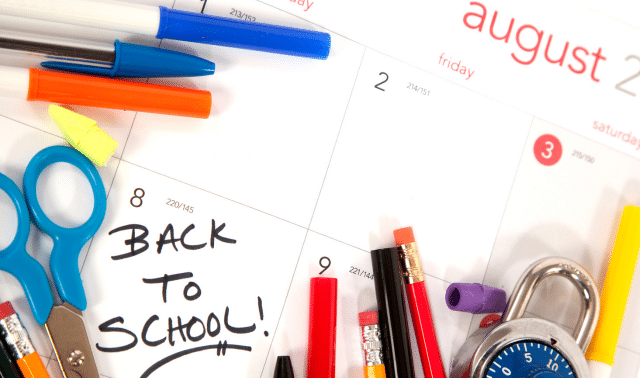Sign up for the Family Tree Newsletter! Plus, you’ll receive our 10 Essential Genealogy Research Forms PDF as a special thank you.
Get Your Free Genealogy Forms
"*" indicates required fields
You can inexpensively and effortlessly dress up your heritage scrapbook journaling or your family history book with computer fonts—but the choices are sometimes intimidating. A word processing program such as Microsoft Word might come with 50 fonts; then there are font CD-ROMs and free font Web sites. How do you pick lettering that enlivens your heritage pages without distracting from the photos? Just follow our tips:
- Fonts come in two kinds: A serif font has short lines resembling pen strokes at the ends of the letters, and a sans serif font doesn’t. (Sans is French for “without.”) Serif fonts are considered easier to read because those little lines “connect” the letters, while sans serif fonts look more streamlined and modern.
For the bulk of your scrapbook journaling, choose classic serif fonts (such as Baskerville, Caslon, Palatino and Utopia) or easy-to-read sans serif fonts (Avant Garde, Futurea, Helvetica, Optima). - Page titles and subtitles are where you can have fun with all the fancy lettering out there—just make sure the title’s easily readable. Consider your topic and the look you want to convey: serious, funny, sophisticated, cute, classic, elegant. Your word processor has fonts to suit these moods; you also can download free fonts from Web sites such as Brainy Betty or buy CD-ROMs such as Creating Keepsakes’ Fresh Fonts ($24.95 from www.creatingkeepsakes.com). Choose a headline style that contrasts with the text in appearance, size, color or weight. For example, if you picked a serif text font, go for a bold sans serif title. Or try an elegant script.
- Less is more: Too many styles clutter your layout. Stick with no more than two to three fonts on one page.
- Lots of bolding, underlining and words in ALL CAPS can be distracting. To emphasize a word, just italicize it.
- Experiment with different font sizes to find the one that best fits the layout. The default in most word processing programs is 12 points, which may look too large for captions and text blocks. You may be able to go with 11 or 10 points for a more sophisticated yet still-readable look. It’s easy to make a scrapbook page title too big, so be sure to keep yours in proportion to the text and other page elements.




